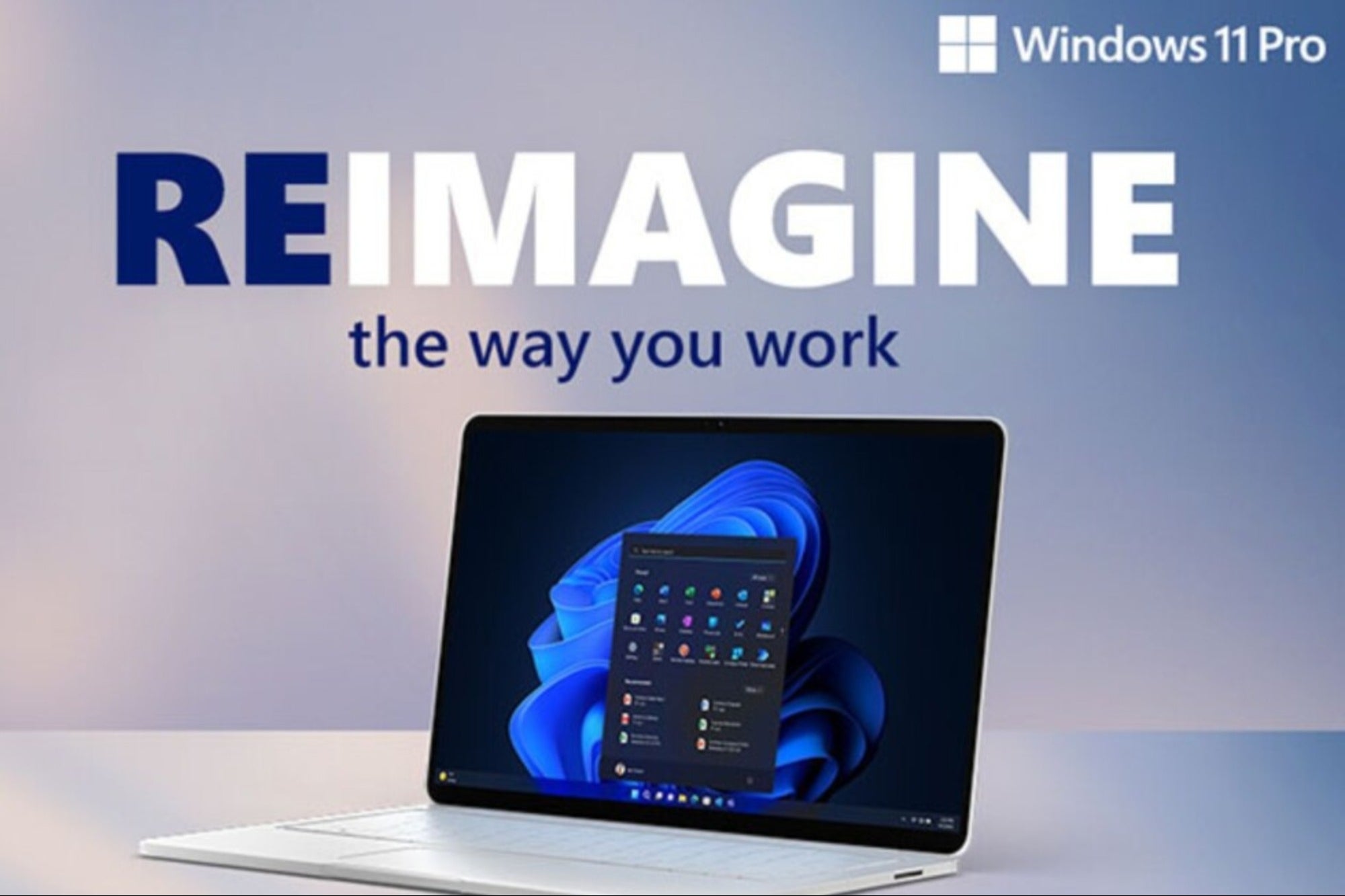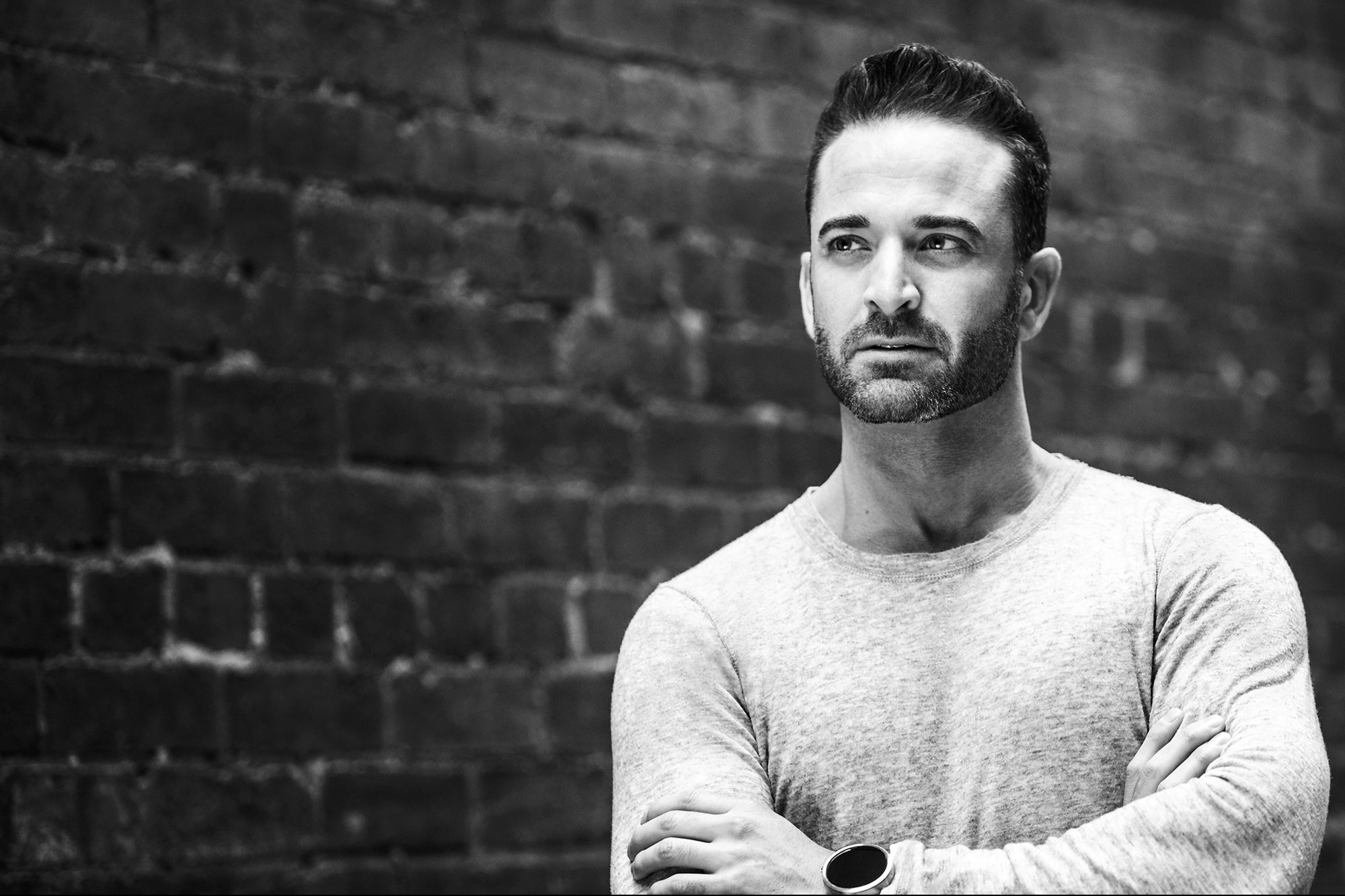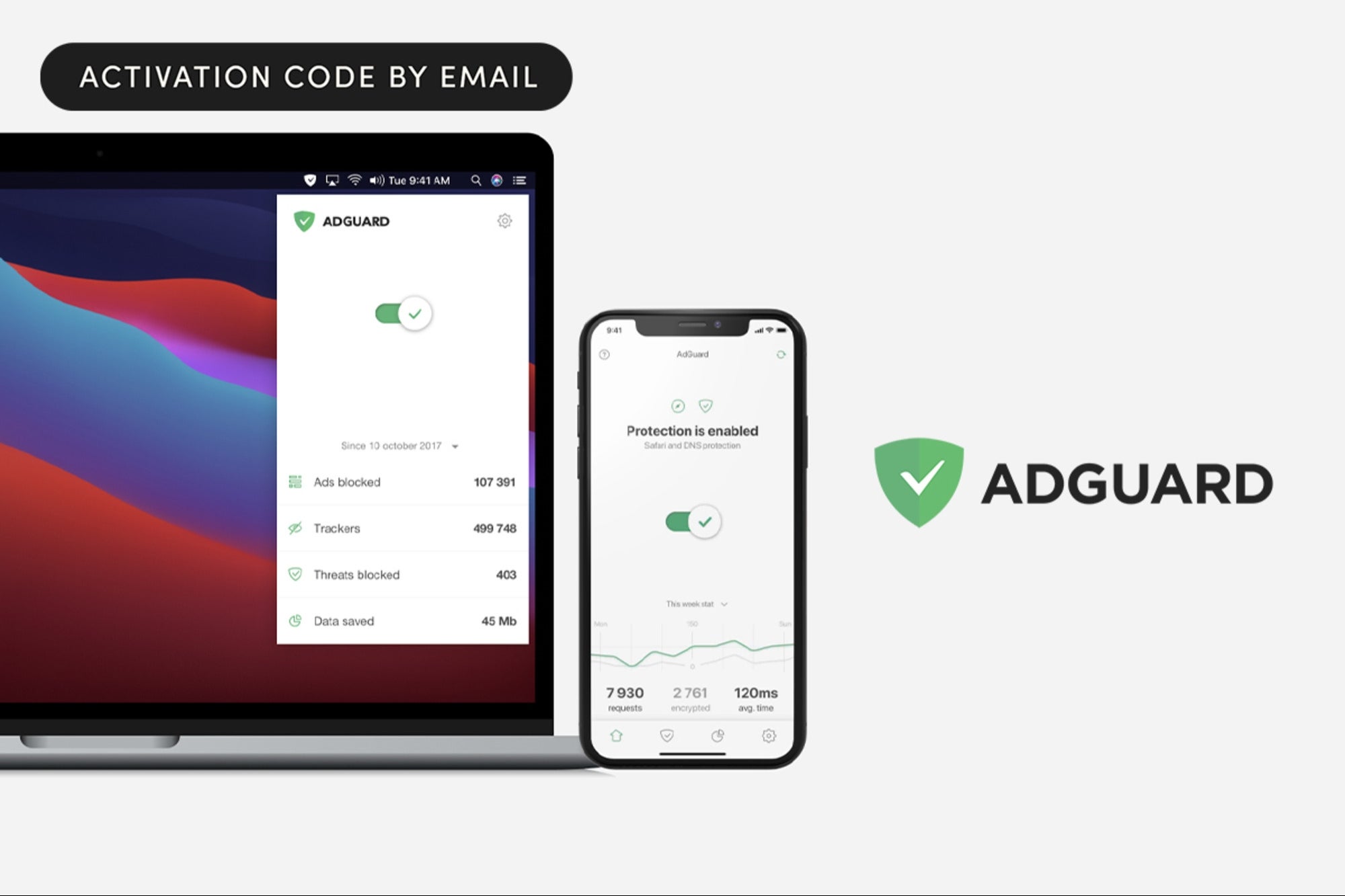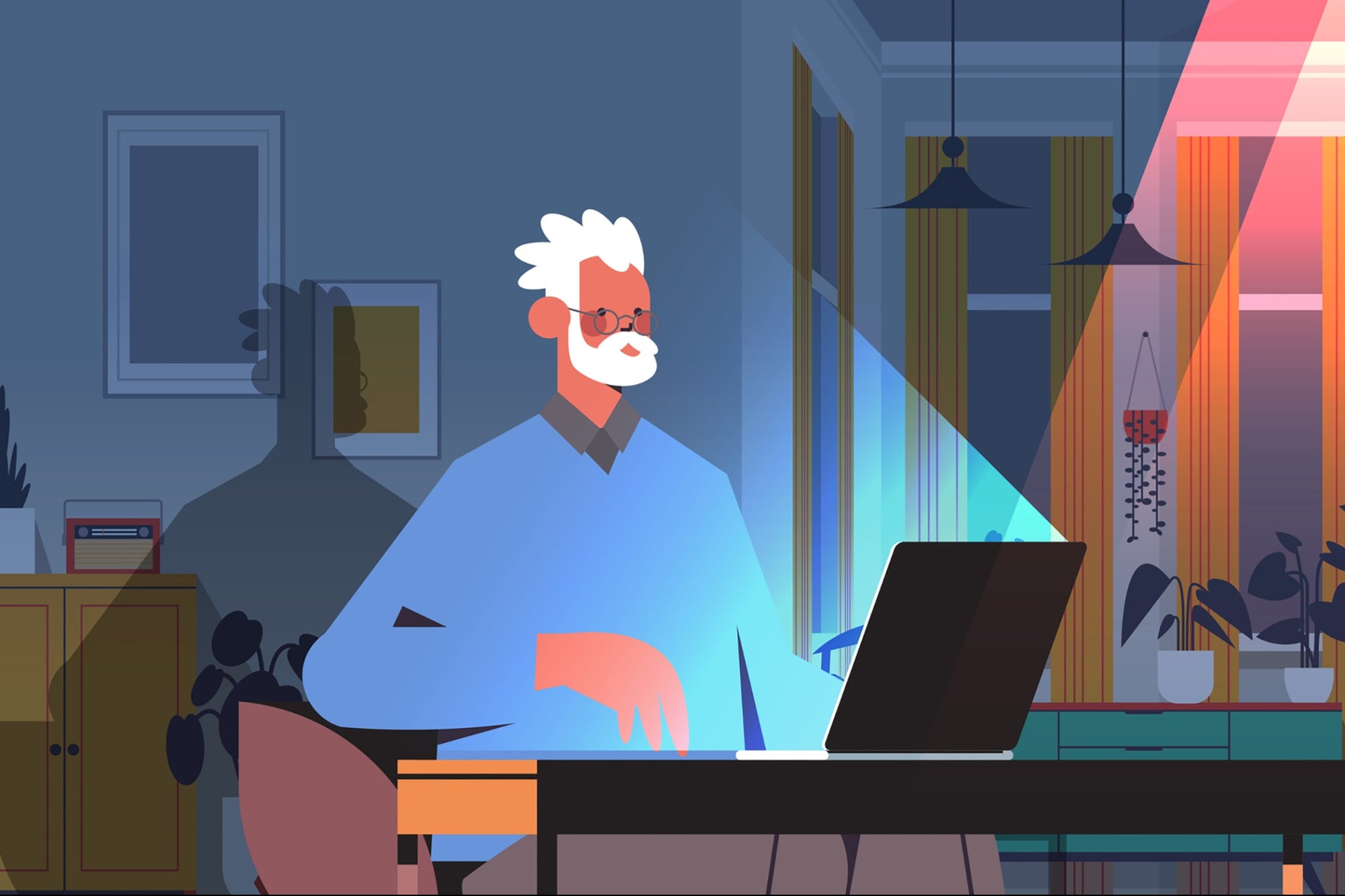After This 26-Year-Old Got Hooked on ChatGPT, He Built a 'Simple' Side Hustle Around the Bot That Brings In $4,000 a Month Dhanvin Siriam wanted to build something that made revenue from ChatGPT, and once he did, he says, "It just caught on."
By Frances Dodds Edited by Mark Klekas
Since ChatGPT launched in November 2022, people have asked what the revolutionary chatbot can do for them. There's a seemingly endless number of applications, from generating marketing copy to writing code, to summarizing complicated documents and putting together your weekly grocery list. But when 26-year-old Dhanvin Sriram started having conversations with ChatGPT, he wanted to take it a step further. He started thinking about ways to make this bot his business partner. Now his side hustle is making $4,000 a month — and he's on track to double that.
Related: 10 of Last Year's Most Fun, Profitable Side Hustles — For Everyone From Students to Retirees
 Before ChatGPT came out, Sriram worked as a financial analyst. But soon after trying it out, he says, "I was hooked. I knew this was going to be the next big thing, and I wanted to do something with it, but wasn't sure exactly what,"
Before ChatGPT came out, Sriram worked as a financial analyst. But soon after trying it out, he says, "I was hooked. I knew this was going to be the next big thing, and I wanted to do something with it, but wasn't sure exactly what,"
He had conversations with friends working on tools to pair with ChatGPT, and followed online discussions intently. One day, something occurred to him: "ChatGPT is only as good as the prompts you give it, and there was no place like a database that you could go to find these prompts. So I was like, okay let me build something very simple and see what happens."
Sriram went deep on ChatGPT Reddit and Twitter threads, and started pulling prompts that people said were effective for different applications, and compiling them on a website that he called PromptVibes. The site has a rudimentary, old-school internet feel, and on the home page there's a simple fill-in-the-blank search bar that says: "I'm a ___ looking to___ about___." Below, a button reads: "Find matching prompt."
Within three or four months, his website hit 100,000 unique visitors.
"This was like zero pain traffic, it just caught on," he says. "I think if you build something that actually solves people's problems, they'll start posting on Instagram and TikTok, and you'll get organic growth. So once that happened, I was like, okay, there's something to be built here."
He started writing a newsletter, and using a pop-up on the PromptVibes site to ask visitors if they wanted to subscribe. The subscribers started piling up fast, but he'd read online that he should hold off on trying to monetize until he hit 5,000 subscribers. "I love being part of online communities," he says. "That's a secret I've found over the last year — whether you want to know about SEO or newsletters, people are just happy to share their knowledge."
Related: ChatGPT Is Powerful — and Can Wreak Havoc If You Don't Know Its 5 Fatal Flaws
Once he hit that critical mass of subscribers, he started selling ads. He sent out the newsletter five times a week, and sold two ad spots for each letter. The big spot was $500, and the smaller was $50. The ad revenue was trickling in the first of couple months, but once he hit $10,000 subscribers this past August, he was consistently making $2,000 to $3,000 a month. Then he hit 20,000 subscribers, and now he's making $4,000 a month.
He's also been thinking about other ways to monetize PromptVibes, and not too long ago, he discovered his golden goose: "I figured out a prompt that helps me generate prompts."
Around this meal ticket of a prompt, he's built a paid version of PromptVibes, which includes a Google Chrome plugin that lets you store and organize your prompts. The software will be launching soon with three membership tiers: $4.99 a month, $9.99 a month, and $19.99 a month. He guesses that if 3 percent of his newsletter subscribers convert to the middle-tier membership, "That's about 600 people, paying $9.99 a month, which is another $5K a month."
Ultimately PromptVibes is doing so well that Sriram has quit his full-time job. Being his own boss isn't always easy, but it's thrilling, he says. "It's definitely a roller coaster because when it's going well, you feel amazing. But sometimes things, especially when you're building software, hit a delay and then you're like, okay, what am I doing? But I'm hoping everything just works out in the end. And you know, sometimes you just have to take the risk."











